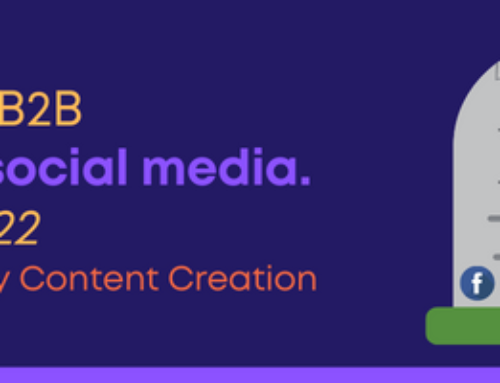
You will lose your website metrics if you do nothing before July 1st!
If you’ve checked your website numbers recently, you’ve likely seen the countdown showing in Google Analytics.
A countdown to what?
Google’s upcoming transition from Universal Analytics (UA) to Google Analytics 4, or GA4. What does this mean for you and your business? Let’s walk through the changes and see how you can stay on top of this update to maintain access the many benefits of working with Google Analytics.

Why your company needs to switch to GA4
Simply put, you have no choice in the matter. The change is coming, and if you want to continue using Google’s analytics tool, you will need to prepare in advance. Google is retiring Universal Analytics as of July 1st, 2023 and replacing it with the next generation technology, GA4, whether you and your team are ready or not.
What does this mean from a practical perspective? Starting on July 1, Universal Analytics will no longer process data. After this date, you will be able to see any UA reports; the big caveat, however, is that new data will exclusively be directed to GA4.
Why it matters for CEOs and executives
Universal Analytics has helped countless businesses assess their websites, collecting data, sorting it into helpful categories, and giving businesses easy ways to evaluate how everything from content to products perform in terms of user engagement.
The data delivered by Google’s analytics tool gives you some of the most dynamic information for scaling your business, providing essential insights into how many people see you in a monthly basis, where are they coming from, what are they doing and seeing in your website, and which products or services are gaining momentum.
Your analytics data should also be telling you how many contact requests your website receives and— more importantly— who is seeing you and your products and who is not. In order to keep accessing these capabilities, you must make the change before July 1.
The most important thing is – Make sure you have the metrics in place that matter for your business, and that you’re capturing these using G4. The change doesn’t have to be painful. There are several experts out there to make the transition, but the most important thing is to make sure you are measuring the right things to connect marketing and sales efforts to revenue, brand recognition and client retention. We’re here to help with the strategy and the implementation!
What’s Changing
While the transition may be frustrating at first, it’s all good news overall. For one, Google’s analytics tool will continue to be the only truly free analytics tool you can use. You also will have a future-proof solution in place that will work in a new world that’s cookie-free and emphasizes user data privacy.
Google developed G4 in response to regulatory changes as well as user demand for more privacy. While UA focused on insights gleaned from metadata and cookies, GA4 will prioritize user privacy. While this will satisfy user demand, it will also provide businesses and advertisers with data from consenting users and better align businesses and advertisers with the new and more transparent digital landscape.
Main differences Google Universal Analytics & G4
What differences should you expect?
The biggest changes will come in the measurement models GA4 uses. UA measurements fell into several categories, including pages, events, e-commerce and social interaction hits. With GA4, all interactions will be logged as events. Expect to see, too, enhanced privacy controls in the form of cookieless measurement and predictive capabilities that can offer guidance without overly complex models.
GA4 will also deliver:
• More advanced cross-device tracking – so you can understand user behavior from when they start a search in a mobile phone and continue later at home in a desktop of the other way around!
• Algorithms driven by Machine Learning for automatic identification of trends
• Machine Learning driven behavioral modeling to compensate for the absence of cookies
Get Ready
Change is afoot over at Google, per usual. Is your marketing team ready to make the migration?
If not, we’re here to help. We’re a full marketing team, for the price of one, and we understand the needs of businesses like yours… as well as the technical stuff required to make things work.
Talk to us today if you would like to engage with an outsourced marketing team and stay ahead of the curve.
|








